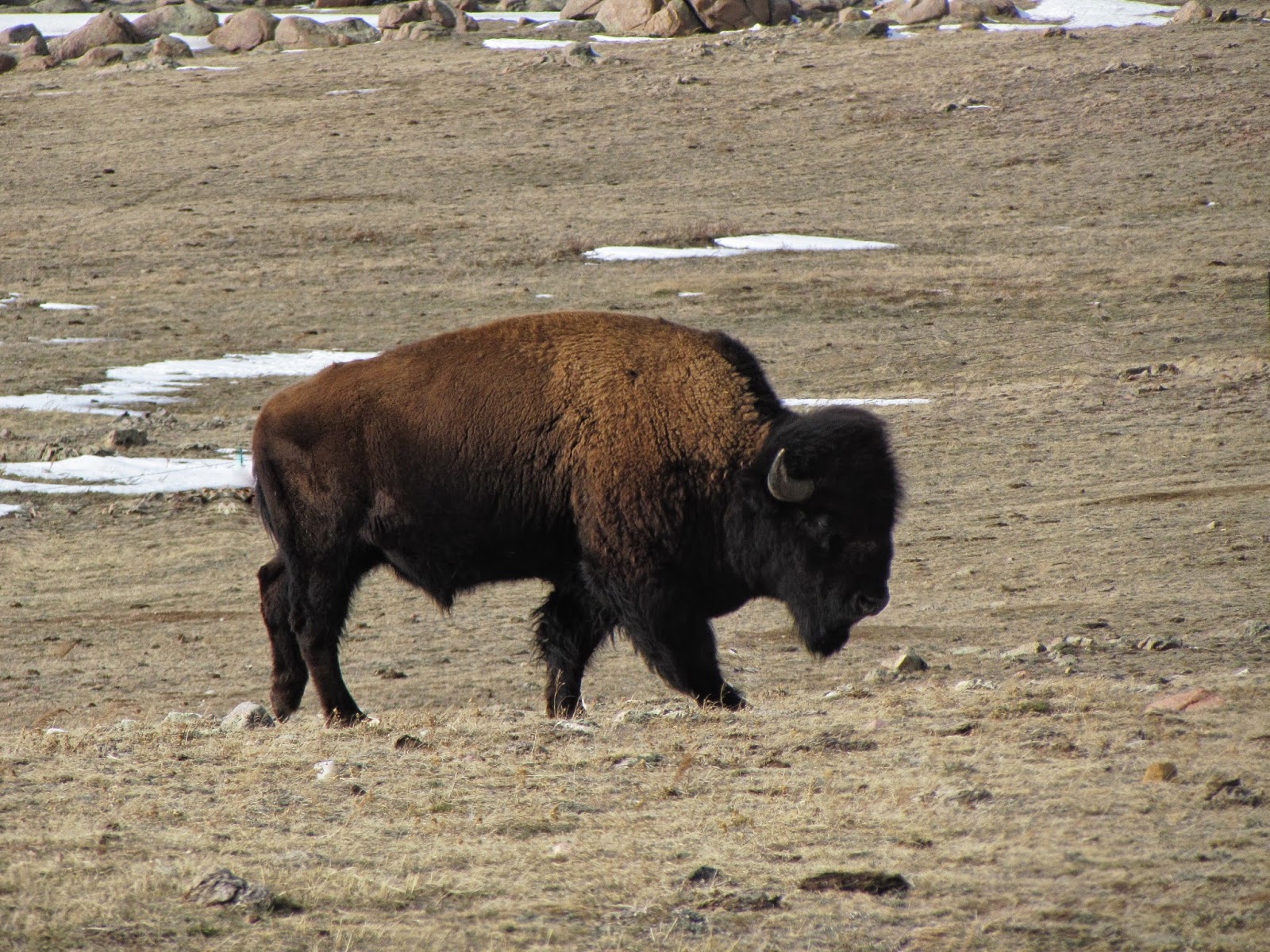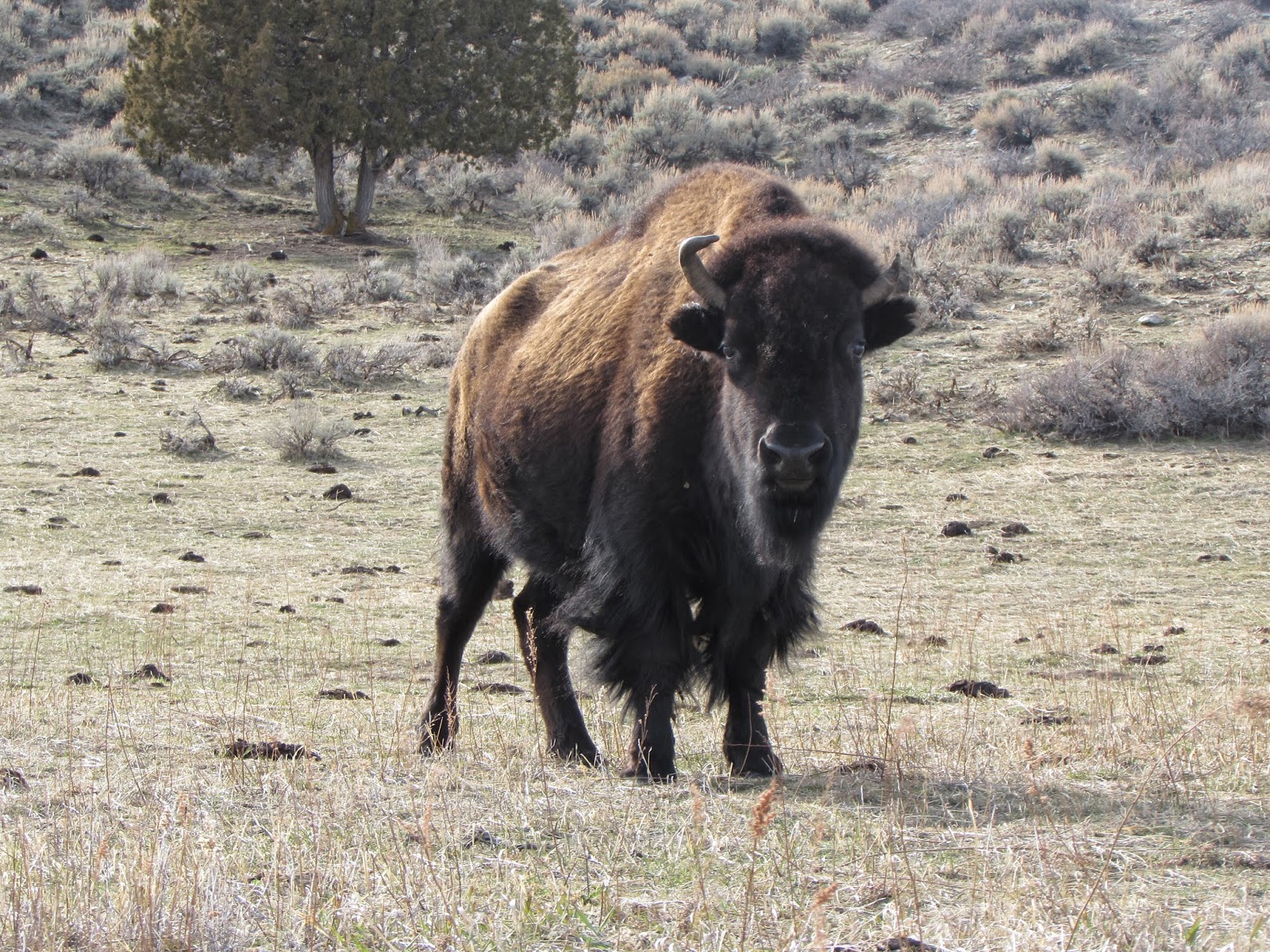Independence Rock, the great registrar of the desert,
is one of the most well-known points on the Oregon Trail. From 1843 to 1869
nearly a half million people traveled the Oregon and Mormon Trails through Wyoming.
 But who named it, and why, Independence Rock? Today
state highway 220 takes travelers from Rawlins to Casper and a state rest stop
welcomes all to stop at the rock. The rock stands nearly 140 feet above the
surrounding country and can be seen for miles. Independence Rock covers 25
acres, and a walk around it would be a tad more than a mile. Wind faceting,
(constant blowing of sand particles against a service that polish it like a gem
stone), has caused the igneous feldspar to shine more like granite than the
lowly common rock it is.
But who named it, and why, Independence Rock? Today
state highway 220 takes travelers from Rawlins to Casper and a state rest stop
welcomes all to stop at the rock. The rock stands nearly 140 feet above the
surrounding country and can be seen for miles. Independence Rock covers 25
acres, and a walk around it would be a tad more than a mile. Wind faceting,
(constant blowing of sand particles against a service that polish it like a gem
stone), has caused the igneous feldspar to shine more like granite than the
lowly common rock it is.
A writer in the 1860s estimated there were between
forty and fifty thousand names written on the rock. Some of these names were
painted or penciled and soon disappeared. Most were carved and the deeper of
these etchings survive to this day. John C. Fremont visited the rock in 1842
and carved a cross, filling it with India rubber. The rubber was Fremont’s
attempt to make his cross long lasting, but in modern days it can no longer
found. Today about 5,000 names can still be found.
So why Independence Rock? No one is sure. Some
historians believe Thomas, Broken-Hand, Fitzpatrick named it in 1824, at the
height of the trapper period in Wyoming, after making camp there on July 4. Others believe General Ashley named it July 4th
1825. Some say it was none other than Captain Bonneville in 1832 naming it
because it stood independent of the prairies around it.
A town grew up near the rock but soon faded, today only
memories survive. It doesn’t matter who gave the large turtle shaped rock its
name, what matters is this great landmark of the Oregon and Mormon Trail stands
today exactly as it did in the 1800s.




.JPG)


